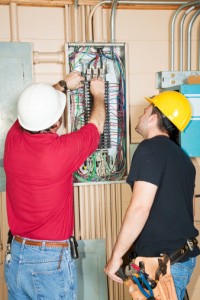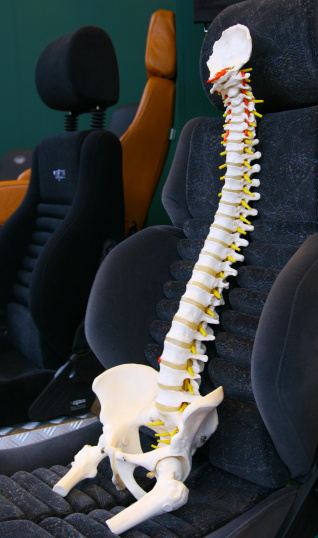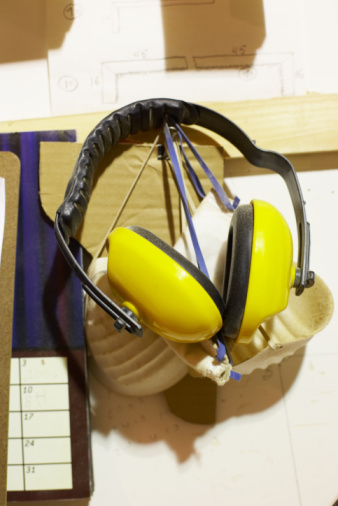 While April showers bring May flowers, the threat of severe storms is present all year long. Unlike working in bitterly cold or dreadfully hot environments, sometimes severe storms can strike at a moment’s notice.
While April showers bring May flowers, the threat of severe storms is present all year long. Unlike working in bitterly cold or dreadfully hot environments, sometimes severe storms can strike at a moment’s notice.
Job duties demand most of you time, energy and attention. But, if caught unprepared for a severe storm, serious injury can occur to you, your co-workers, clients, or customers. According to the U.S. Federal Emergency Management Agency (FEMA), there were more than 450 weather-related fatalities and nearly 2,600 injuries in 2012.
The more you know about how to prepare, and protect yourself from severe weather, the more likely you are to avoid serious injury or death. Check out these guidelines to keep yourself informed, so you’ll be ready for any oncoming storms.
The Preparation
The most important thing to have ready for any weather related disaster is a plan. Be familiar with your employer’s weather disaster plan to know the proper escape routes or safest rooms to take shelter in during severe weather.
If your workplace doesn’t have a disaster plan, talk with your managers about developing one. Organizations like The Red Cross have checklists and recovery guides for major disasters that can be a great starting place for building a severe weather action plan. It’s always a good idea to be informed on local weather conditions by monitoring media reports by radio or phone.
The Action
If it’s too late to evacuate, stay indoors and limit travel to only necessary trips. Tune in to the radio or television for updates while keeping an eye on the sky for darkening skies, flashes of light, or increasing wind. During a storm, close outside doors and window, blinds, shades, or curtains; stay away from doors, windows and exterior walls; and remain in the shelter location until the danger has passed.
You should also listen for the sound of thunder, because if you are close enough to hear thunder, you’re close enough to be struck by lightning. Remember the 30/30 Lightning Safety Rule: Go indoors if, after seeing lightning, you cannot count to 30 before hearing thunder. Stay indoors for 30 minutes after hearing the last clap of thunder.
If the rain continues to pour for hours or lightly over several days, there could be a possibility of a flood. In case of flooding, do not walk through flowing water. Six inches of swiftly moving water can knock you off your feet.
The Aftermath
When severe weather has passed, remember to analyze overhead hazards such as broken tree limbs, wires and other debris. Be cautious walking around as well. There could be hazards like broken glass, leaking gas lines, damaged sewage systems, flooded electrical circuits, submerged appliances, or structural damage.
If your workplace has flooded, avoid the water as much as possible, because water may be contaminated by oil, gasoline, or raw sewerage. That’s why it is vital to thoroughly clean anything that came in contact with the flood water. If working with food, medicines, or cosmetics that have gotten wet, use your best judgment and throw out if in doubt.
You have no control on when and where severe weather will happen. But, you do have control on how prepared you will be when it does. With these guidelines, you’ll be ready to show the forces of nature that you’re a force to be reckoned with.



 In the 80s, Madonna would sing about being a “material girl living in a material world” but today, she’d be more likely to be a “digital girl living in a digital world.” We are constantly surrounded by electronic devices and their ever-glowing screens. Millions of Americans wake up to work at a computer screen all day, take break periods to text, chat, and update their social media site on their
In the 80s, Madonna would sing about being a “material girl living in a material world” but today, she’d be more likely to be a “digital girl living in a digital world.” We are constantly surrounded by electronic devices and their ever-glowing screens. Millions of Americans wake up to work at a computer screen all day, take break periods to text, chat, and update their social media site on their  There’s still a large debate in the workforce about
There’s still a large debate in the workforce about  With winter in full swing and the days of
With winter in full swing and the days of 